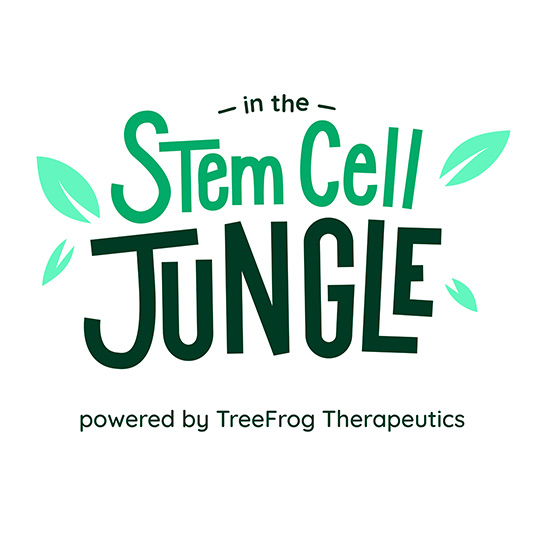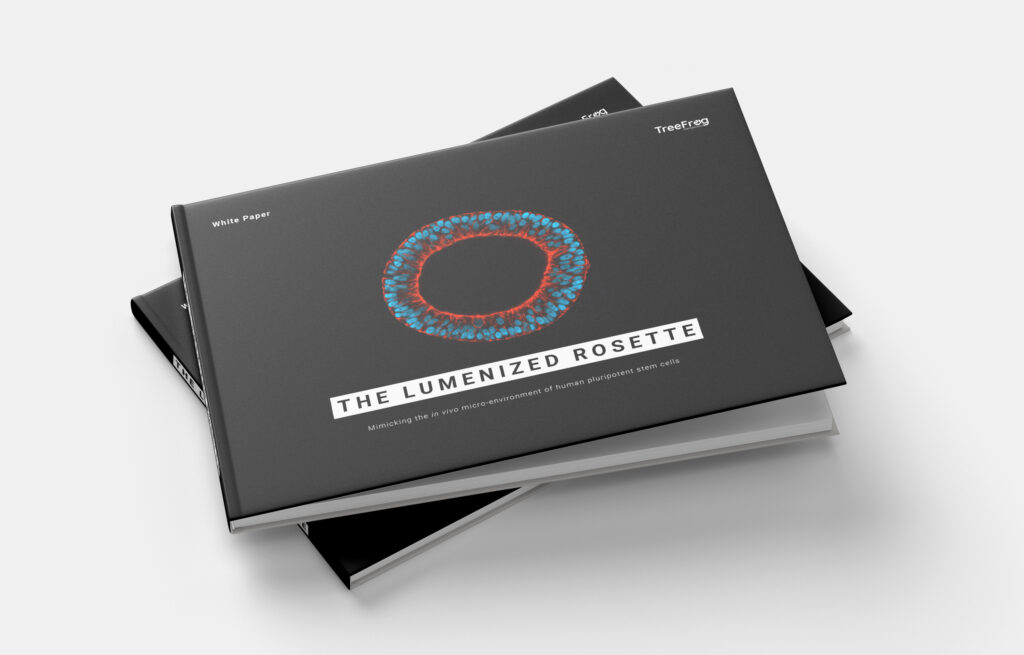The discovery by Shinya Yamanaka in 2006 of key transcription factors enabling the reprogrammation of somatic cells to the pluripotent state triggered massive access to human pluripotent stem cells (hPSCs).
Induced hPSCs are often touted as an infinite source of cells for research, disease modelling, and therapeutic applications. Being adherent cells, hPSCs have originally been cultured as 2D colonies in Petri dishes or T-flasks. However, despite their apparent unlimited proliferation capacity, hPSCs only exist for a few days in vivo and do not grow as 2D colonies. In vivo, pluripotency (here restricted to human primed pluripotency) is only observed during the second week of human development, and exclusively within 3D epithelialized arrangements of cells.
To overcome the intrinsic limitations of 2D cell culture systems with respect to hPSC expansion – especially high mortality and genomic alterations –, novel cell culture technologies that mimic the hPSC niche have recently been developed, bringing a new breath to academic research and industrial applications.
This white paper aims at:
- Describing the in vivo environment of hPSCs, with a focus on the lumenized rosette conformation
- Comparing the in vivo organization of hPSCs to standard in vitro cell culture systems
- Reviewing biomimetic systems that scientists can implement in their lab to culture hPSCs in lumenized rosette conformation
- Introducing C-Stem™ – a biomimetic technology allowing for the mass-production and differentiation of hPSCs in large-scale bioreactors



